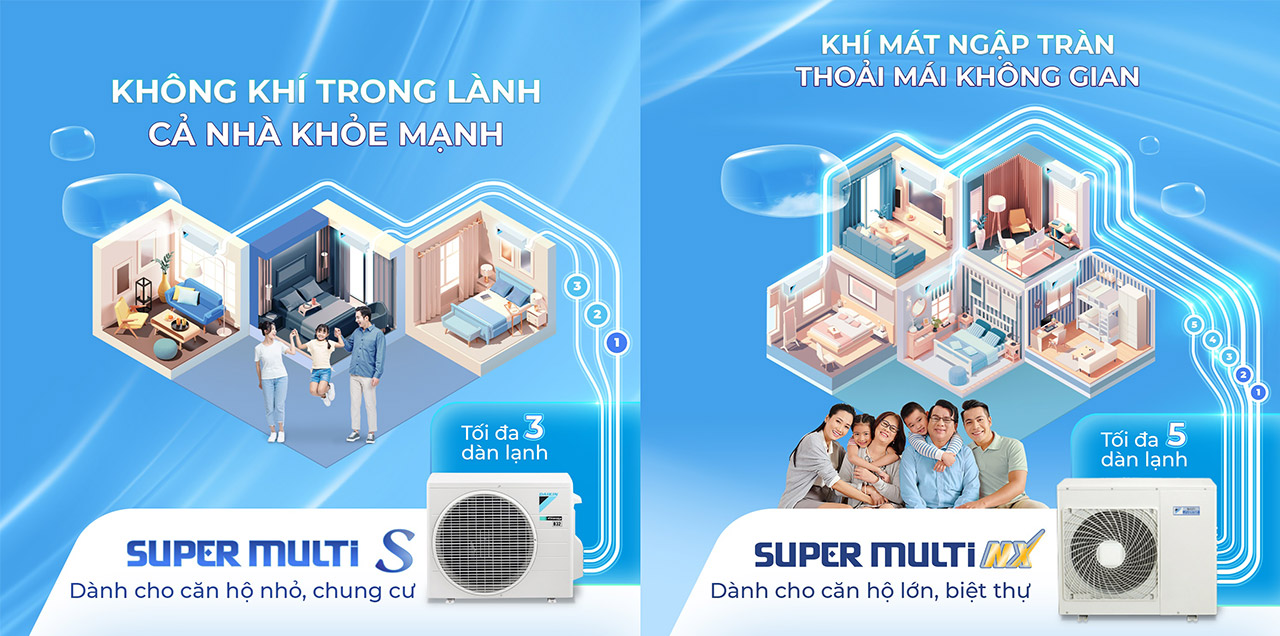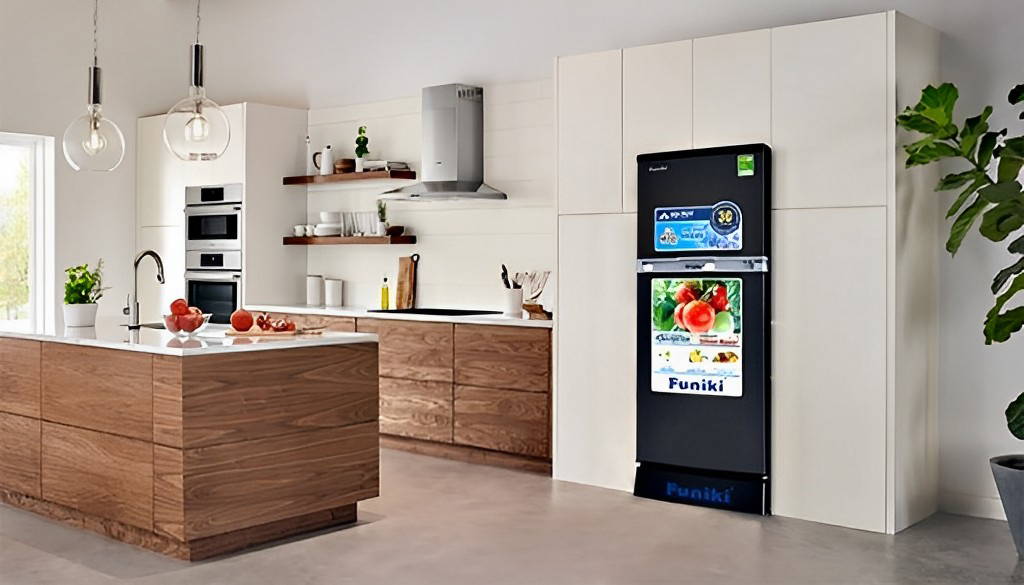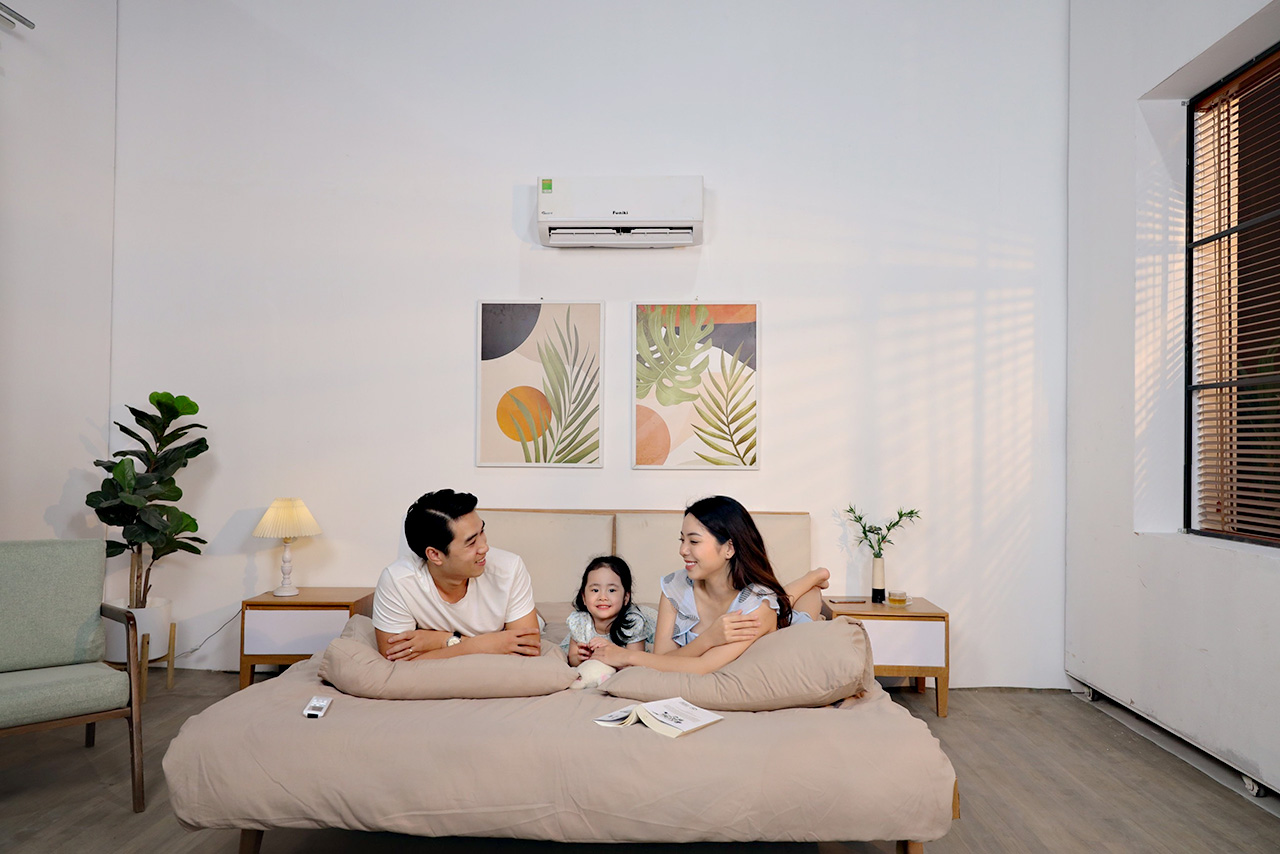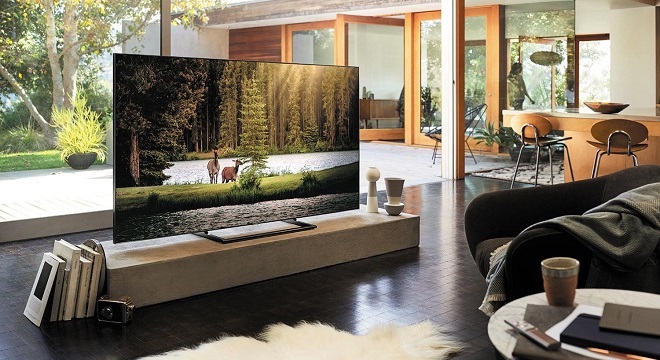
Tuy nhiên, những gì mà các nhà sản xuất hành động lại xuất phát từ cuộc đua tranh về công nghệ và lấy nội lực của bản thân để làm thước đo về chất lượng của một chiếc TV. Họ quên mất rằng công nghệ chỉ là một mặt của vấn đề, nhu cầu của người dùng đối với những sản phẩm gắn với cuộc sống thường ngày thì còn có thể khai thác ở nhiều khía cạnh khác nhau và chính khả năng hiểu và phát triển TV dựa theo nhu cầu thực tế của người sử dụng mới có thể thành công trên thị trường năm 2018.
Xu hướng chính để thành công của TV năm 2018: Phải to và thật sự thông minh
Theo những thống kê từ các tổ chức nghiên cứu thị trường uy tín trên thế giới, người tiêu dùng hiện nay có xu hướng quan tâm đến một vài yếu tố chính: những chiếc TV khổ lớn từ 55 inch trở lên, tích hợp trí tuệ nhân tạo (AI) và vạn vật kết nối (IOT). Vậy là khi mà chất lượng hiển thị trên TV đã bão hòa thì những xu hướng lựa chọn của người tiêu dùng lại dựa vào những tiện ích thiết thực nhất với cuộc sống thường ngày.
TV thông minh năm 2018: Tương tác với người dùng và nắm bắt vạn vật trong lòng bàn tay
Trong cách mạng công nghiệp 4.0, không phải ngẫu nhiên mà trí tuệ nhân tạo và vạn vật kết nối là những công nghệ được nhiều lĩnh vực quan tâm nhất. Những thiết bị công nghệ thực sự hiểu được bạn muốn gì, cần gì và giúp bạn thực hiện những điều đó để bạn có thể rảnh tay làm được việc khác là điều mà ai cũng muốn. Đặc biệt là với cuộc sống gia đình, có được một người trợ lý tuy không thể giúp mình làm được tất cả mọi việc nhưng có thể thay một lời nhờ vả ai đó giúp ta bật một chiếc TV, cho chúng ta biết thời tiết ngày mai ra sao hay bây giờ là mấy giờ cũng là những điều hết sức ý nghĩa.
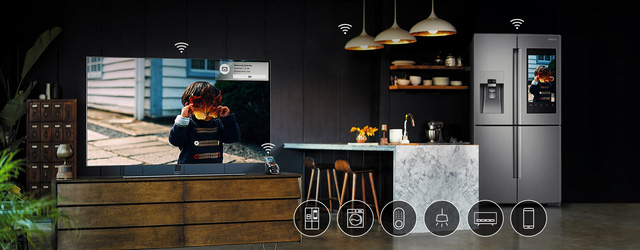
Tuyệt vời hơn nữa, khi chiếc TV biết tương tác ấy lại có khả năng kết nối với những thiết bị thông minh khác trong gia đình như tủ lạnh, điều hòa, máy giặt, PC, hệ thống ánh sáng trong nhà v.v… Chúng ta sẽ tiến đến một cuộc sống trong mơ khi không cần đến những chiếc điều khiển. Những chiếc điều khiển nhiều và đáng ghét tới mức có quá nhiều để chúng ta nhớ hết được những nút bấm, rồi cả những khi chúng không cánh mà bay làm ta bối rối khó chịu.
Thị trường TV năm 2018 đánh dấu một mốc quan trọng, lần đầu tiên người ta được thấy một chiếc TV “thật sự thông minh” khi có thể giao tiếp với con người và thực hiện các mệnh lệnh mà chúng ta đưa ra bằng giọng nói. Và chiếc TV ấy trở nên vô cùng mạnh mẽ khi được kết hợp với tính năng SmartThings giúp kết nối các thiết bị thông minh trong ngôi nhà. Cuộc sống tiện nghi và hiện đại của mọi gia đình có thể bước sang một trang mới kể từ đây
Nhìn ra xu thế nhưng lại có phần muộn màng hơn, LG sẽ nối gót Samsung để ra mắt phiên bản TV thông minh hơn của mình với một AI có tên ThinQ.
TV năm 2018: Những chiếc TV 55” trở lên đang tăng trưởng cực mạnh
Theo xu thế chung, những dòng sản phẩm TV khổ lớn đang có mức giá mềm mại hơn và người tiêu dùng cũng đã sẵn sàng để chi trả cho những chiếc TV như vậy. Bên cạnh đó, độ phân giải 4k cùng những nội dung số có chất lượng tương đương đã phổ biến hơn nhiều. Chính việc dễ tiệp cận hơn với những trải nghiệm cao cấp đã đẩy nhu cầu mua mới và nâng cấp những chiếc TV trong phân khúc này lên cao hơn. Vì thế sự tăng trưởng của TV từ 55” trở lên là hoàn toàn dễ hiểu.
TV năm 2018: Đừng bao giờ xem thường những thứ nhỏ nhặt
Nếu như các hãng TV cứ tiếp tục đua tranh nhau về chất lượng hiển thị mà không chú ý đến những tiểu tiết thì thương hiệu TV đó dù có tốt đến mấy cũng không thể thuyết phục được khách hàng. Có rất nhiều yếu tố tưởng chừng như rất nhỏ và có thể bỏ qua nhưng nó lại chính là những lý do đi ngược lại với nhu cầu của người sử dụng.
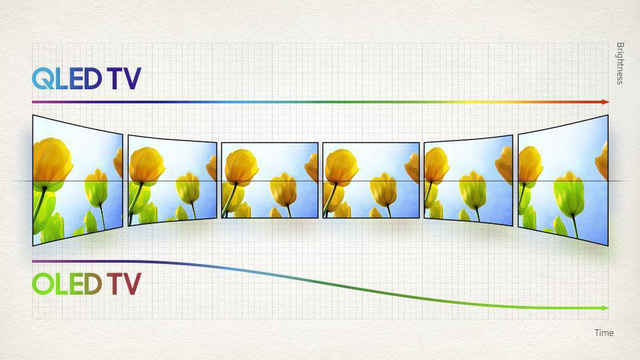
Nên hay không nên lựa chọn những sản phẩm có tuổi thọ ngắn?
Nếu xét về hình ảnh, những tấm nền như OLED có thể sẽ cho ra những trải nghiệm xuất sắc trong thời gian đầu nhưng sau một thời gian thì chất lượng hình ảnh sẽ bị giảm một cách từ từ do các phân tử hữu cơ bị lão hóa. Với một thiết bị gia đình cao cấp thì liệu có nên đánh đổi tuổi thọ của TV để có được những trải nghiệm chỉ tốt trong thời gian đầu hay lựa chọn QLED bền vững theo thời gian?
Những trải nghiệm trong một buổi sáng đẹp trời tràn ngập nắng vàng có thể lại trở thành thảm họa khi bạn không thể theo dõi được những gì đang chiếu trên TV vì môi trường xung quanh quá sáng. Đây cũng là những điểm trừ nhỏ mà bạn có thể không phát hiện ra dưới ánh đèn của siêu thị. Chính vì vậy những TV có cường độ sáng cao đến 1.500 hay 2.000 nits như các model QLED của Samsung kết hợp với tấm nền có khả năng hấp thụ ánh sáng mới là những lựa chọn đủ dùng cho mọi vị trí đặt TV trong căn nhà của bạn.
Qua những yếu tố kể trên, chúng ta mới thấy được rằng sản xuất TV không chỉ dựa vào công nghệ. Thấu hiểu những nhu cầu thực tế của người dùng và tìm mọi cách để thỏa mãn tất cả mới thực sự đưa một thương hiệu đến với thành công.
Theo Nhịp sống kinh tế

